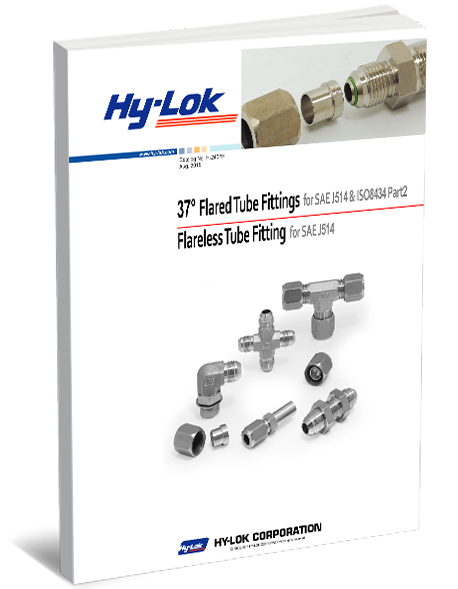Valve’s capacity to handle fluids under pressure will affect your fluid system’s performance, reliability, and safety. No matter what the application, having components that are suitable for their function is essential to your fluid system operating at its best.
Understanding valve pressure ratings plays a critical role in determining which components are suitable for your applications. To help get you started, here’s a brief overview of how valve pressure ratings work and how to decide which fittings are right for your operation.
How Pressure Ratings Work
In simple terms, a valve’s pressure rating is the maximum working pressure a valve can withstand before malfunction or failure. It is usually measured in pounds per square inch (psi) or megaPascals (mPa) in Europe. The higher the pressure rating, the more fluid pressure the valve can safely handle.
Some industrial standards (such as ANSI/ASME, SAE, JIS, and DIN) use numbered systems that don’t always correspond to the actual pressure ratings. For example, a class 150 ANSI fitting will have a maximum working pressure of 140 psi, while a class 300 ANSI fitting withstands 570 psi.
Because there are so many different standards and pressure rating systems, it can be helpful to convert pressure ratings to psi or mPa. Because these measurements are standard across all industries, it will allow engineers and operators to compare components on equal terms and find the best solution for the job.
Temperature & Other Factors
In addition to a valve’s pressure rating, the temperature rating is another critical component of determining a valve’s suitability for specific applications. Generally speaking, as operating temperature increases, a valve’s pressure rating decreases. Conversely, cold temperatures may impact valves’ performance. This effect can vary depending on the material used, as extreme temperatures more profoundly impact some alloys.
Bear in mind that nonmetal components of the valve (such as o-ring seals and other elastomers) will have separate temperature and pressure ratings. Work with your Hy-Lok distributor to ensure that all parts of your valve are suitable for their application.
Selecting the Right Pressure Rating
When selecting components for your fluid system, it is best to select parts with a higher pressure rating that what is generally required. Not only will these components continue to function if another part of your system fails, but valves with higher pressure ratings will typically last longer than those with lower pressure ratings, saving your operation money on repairs and replacement costs.
The Hy-Lok Difference
Since 1977, Hy-Lok Canada has been a leading manufacturer and supplier of high-pressure valves and fluid system solutions. With a vast inventory of components crafted from top-quality materials including 316 stainless steel, carbon steel, brass and special alloys, we have solutions for operations of all sizes in all industries.
With an extensive network of distributors across the country, Hy-Lok is the clear choice for Canadian industry. Our high-pressure check valves are always readily available, and custom orders are fulfilled quickly and efficiently. With expedited shipping available, your operation can rely on Hy-Lok to supply quality check valves for projects across Canada.
Learn more about our products, including availability, by contacting our team today!




